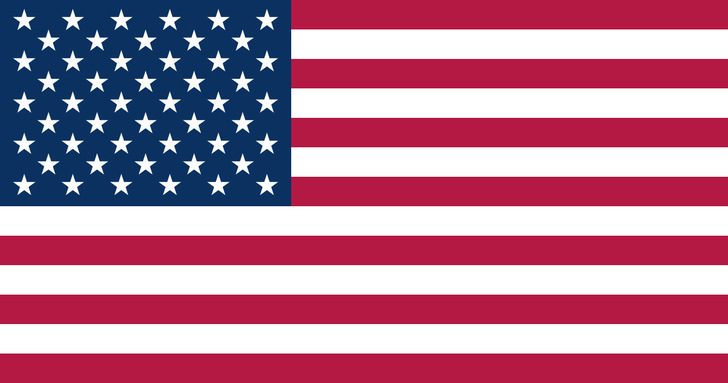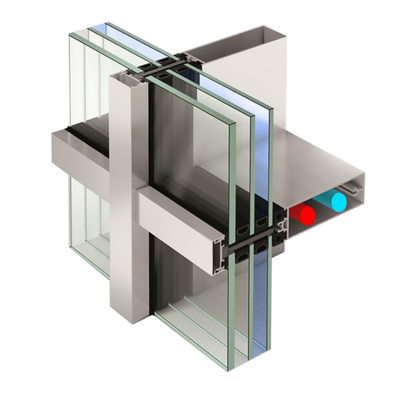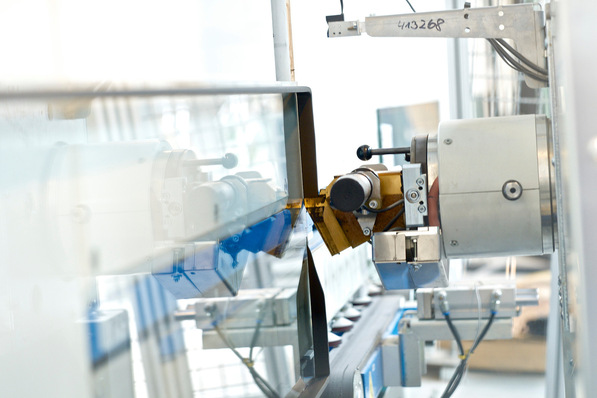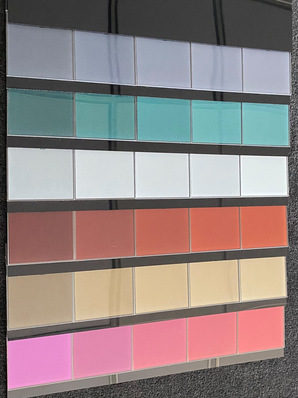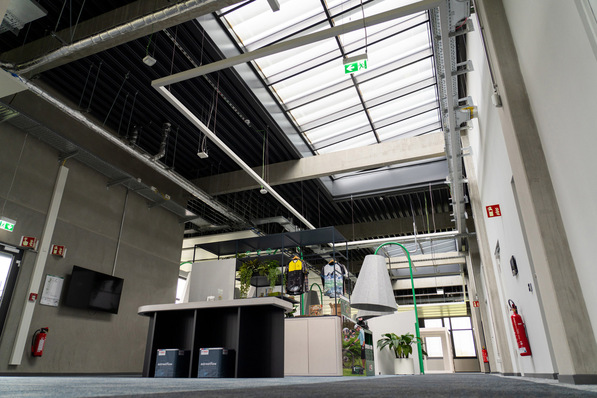I’ve arrived in New Orleans where I meet Pawel. The son of Polish immigrants works for a joinery and installation company that repairs and replaces windows. I ask him whether he sees any opportunities for selling German windows. He sees an opportunity here primarily in public tenders and orders from state authorities. There have recently been several such contracts awarded to a window supplier from Austria.
With the enthusiasm for tilt-and-turn already described, German windows particularly score due to their higher quality. But how exactly are windows from Germany better than the common standard windows made in the US?
The potential of German windows
1. Firstly, the greater installation depth due to the multi-chamber technology in the PVC-U is noticeable. In Germany, the profile depth is between 70 and 92 millimetres. Additional reinforcements with steel (exceptions are special profiles with glass fibre reinforced plastics in the core) make the windows particularly stable.
2. A wide range of design choices from square and round profiles as well as wood designs to premium variants with coated aluminium shells give the window a higher status within the house.
3. Triple glazing is generally used. Among other things, this results in much better thermal insulation values (keeping both the cold or heat in and buffering against extreme outside temperatures). The higher-quality glass panes also provide better sound insulation. Upgrades in sun shading and security features can also be added.
4. Large and mobile elements (e.g. folding systems and lift-and-slide doors) are not only real eye-catchers, but are also in high demand in the premium residential sector.
5. Higher (standard) security as well as good intrusion protection. Other security features include hurricane-proof windows.
6. Features such as passive fans.
I have deliberately omitted the integration of smart home elements from this list, as different connections and standards apply in the US in some cases.
See also: US company Vitro presents a new solar control glass
So how can German window technology score points in the US and what expectations does an American have when they are interested in German (premium) windows? I interviewed a handful of people about this. As the US is a country of contrasts and extremes (including 5 different climate zones), all the interviewees commented on the weather. Extremely hot (subtropical) summers in Louisiana are in contrast to very cold winters in Iowa. As is to be expected, the interest in the thermal insulation properties of windows is high. These need to help to save costs in the future. After all, energy costs are also rising steadily in the US.
Good windows are good for property values
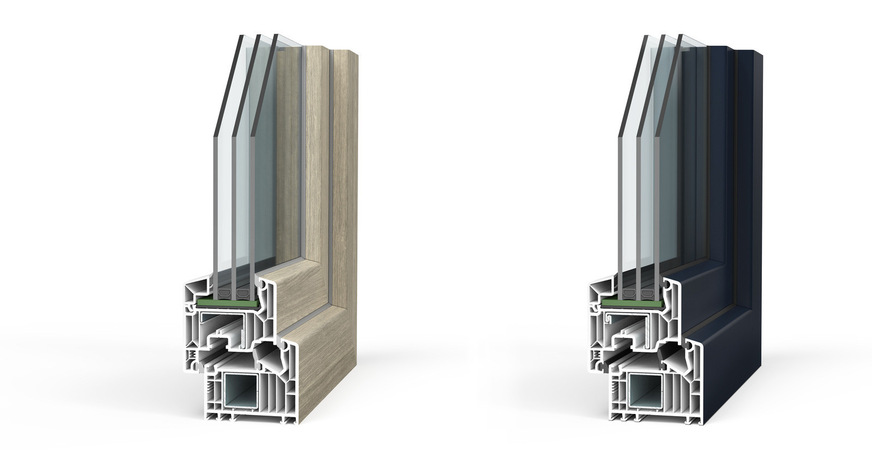
Veka
Another important advantage that windows Made in Germany have in the US is the continuing rise in property values. When selling a house, it is often the case that windows of inferior quality have to be replaced to meet the expectations of a prospective buyer. This is not necessary with quality windows Made in Germany, as these generally last up to 30 years with good maintenance. The third point that came up was the better technology (tilt and turn) as well as the higher security. This can make a big difference, particularly in residential areas prone to burglary.
Also interesting: Warm Edge for Berlin's "New Pavilion"
In the US, German window manufacturers are presented with a very large growth market. The supply of imported windows is still manageable, and the price elasticity can be regarded as low. For a while now, the domestic markets in Germany and Europe have been highly competitive and under pricing pressure. With the significantly higher profit margins to be expected in the US, German and European window manufacturers may be able to make up for some of the losses in sales at home.







